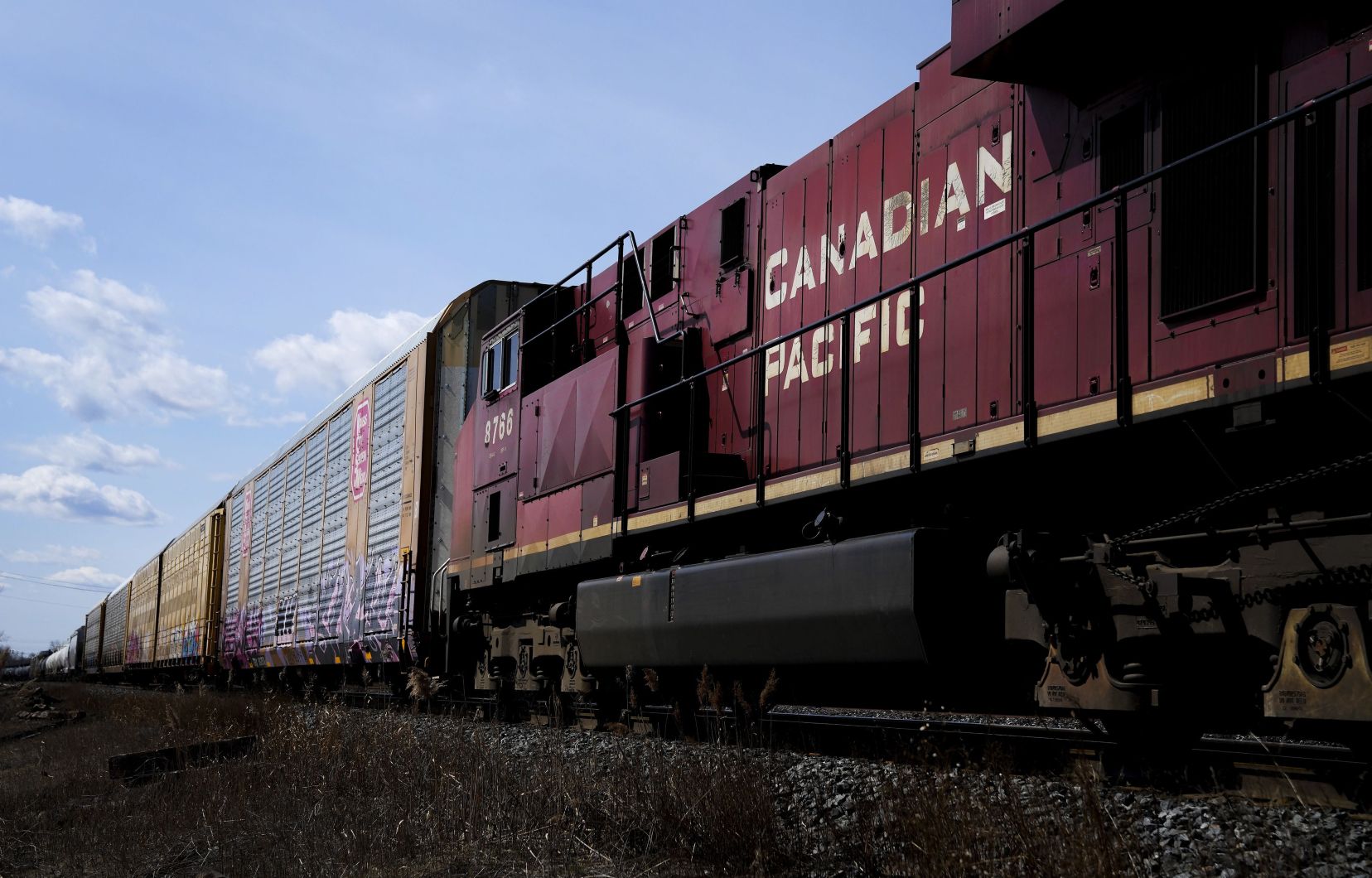At a time when strikes and union power are on the rise, labor experts say it’s not surprising to see more calls for government intervention in sectors like transportation.
What is new, experts say, is that the government is not rushing to enact back-to-work laws.
Brock University labour law professor Larry Savage says that for decades, companies in federally regulated industries, such as airlines, railroads and ports, have relied heavily on government intervention through back-to-work laws to end or avoid work stoppages.
“While this helped to avoid prolonged strikes, it also undermined free and fair collective bargaining. It eroded trust between management and the union in the long term and created deep resentment in the workplace,” he argued.
Barry Eidlin calls it a “Canadian tradition.”
“Canadian governments, both federal and provincial, have been among the quickest to respond when it comes to back-to-work legislation,” said Eidlin, an associate professor of sociology at McGill University.
Mr. Savage said the use of back-to-work laws peaked in the 1980s, but its decline was largely due to strikes becoming less common as unions’ bargaining power weakened.
But since the right to strike was enshrined in the Canadian Charter of Rights and Freedoms in 2015, Savage says the government appears more reluctant to use back-to-work laws.
Mr. Eidlin agrees.
“The bar for violating the right to strike by passing back-to-work legislation has become much higher,” he said.
A bypass
Experts, however, say the federal government appears to have found a workaround.
In August, Canadian National Railway Company (CN) and Canadian Pacific Kansas City (CPKC) locked out more than 9,000 workers, but federal Labour Minister Steve MacKinnon quickly stepped in, asking the Canada Industrial Relations Board to order them back and order binding arbitration, which it did.
The government’s decision, which is based on section 107 of the Canada Labour Code, is “very controversial,” Savage said.
Article 107 of the Code states that the Minister “may take measures that he considers likely to promote good understanding in the world of work and to create conditions favourable to the settlement of disagreements or disputes that arise there; for these purposes he may refer any question to the Council or order it to take measures that he considers necessary.”
“The reason this workaround is concerning is that there is no parliamentary debate. There is no vote in the House of Commons,” Savage said.
Mr. Eidlin worries that the government’s use of section 107 could set a precedent similar to what decades of back-to-work legislation has done: removing the employer’s incentive to reach a deal through negotiations.
“This has a corrosive effect on collective bargaining,” he said.
A decision expected from the court
But Mr. Eidlin noted that the Teamsters union, which represents railroad workers, is challenging the government’s decision.
The extent of the government’s power under Section 107 is “something the courts will have to decide.”
If the courts rule in the government’s favor, it could essentially go back to where things were before 2015, Eidlin said.
This is not the first time in recent memory that the federal government has used section 107 to intervene in a labour dispute.
When British Columbia port workers went on strike last summer, then-federal Labour Minister Seamus O’Regan used the section to ask the board to determine whether a negotiated resolution was possible and, if not, to impose a new contract or final binding arbitration.
More recently, the government refused a request from Air Canada to intervene in its negotiations with its pilots before the two sides reached an agreement at the negotiating table over the weekend.
The last few years have really been a litmus test for that 2015 shift, Eidlin said, because workers are increasingly unwilling to settle for subpar collective agreements and employers “still have that back-to-work reflex.”
With a recent increase in strike activity, “of course there will be more interest in government intervention in labour disputes as a result,” Savage added.
